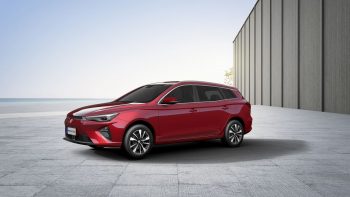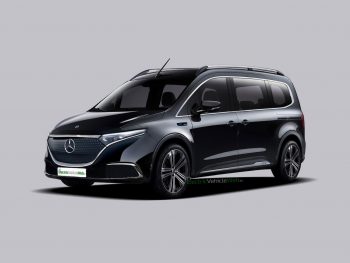2020 will be remembered as the year when the electric vehicle revolution began in India with the showcasing and rollout of multiple products with a long travel range and bookings were received in thousands within days of their launch. Two examples are the Bajaj Chetak which is said to have garnered 2,000 bookings within 15 days from two cities and the MG ZS EV with 2,409 from five cities, and EVs displayed by nearly every manufacturer that participated at the Auto Expo. However does that mean we have overcome the barriers associated with EVs? What happens when an electric car runs out of charge completely and you are left stranded without a charging station nearby?
Though India is one of the biggest automobile markets in the world, electric vehicles have not progressed due to the high initial cost and lack of a proper charging infrastructure. There is no shortage for the interest in electric cars but what stops the potential buyers is the range anxiety and the dearth of EV chargers. However these are temporary challenges.
What is driving range?
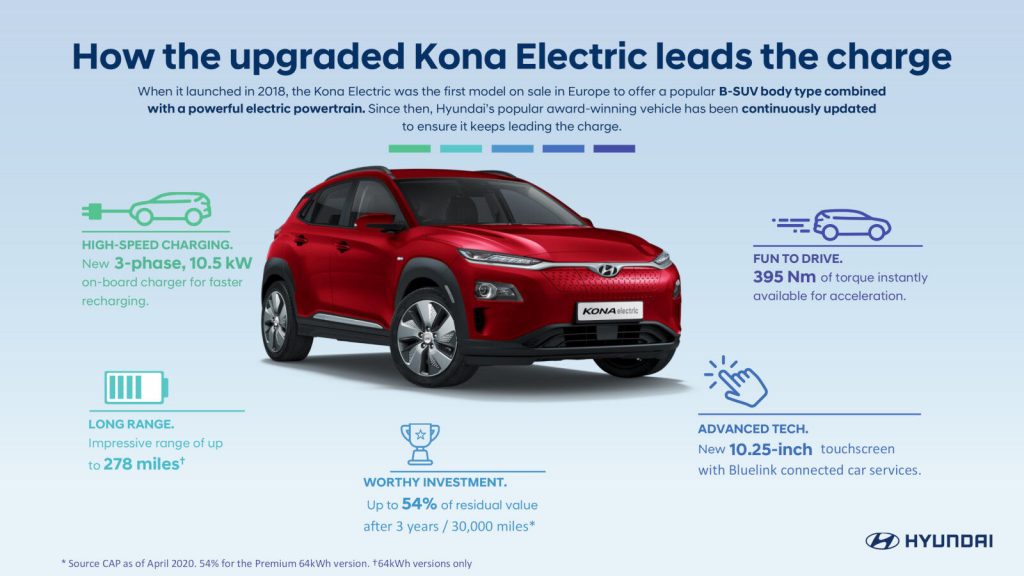
Driving range of an EV is the number of kilometres the vehicle can run on a single charge and it depends largely on the battery capacity and driving conditions. From the weight of the car (number of passengers and luggage) to the speed, the driving range of an electric vehicle is affected by a variety of factors.
2019 saw the launch of India’s first long range electric car with Hyundai Kona. Priced at Rs 23.72 lakh, the Kona offered a range of 452 km. Then came the MG ZS EV with a range of 340 km (ARAI) priced from Rs 20.88 lakhs. The Tata Nexon EV was the third launch, making long range electric cars more affordable, priced from Rs 13.99 lakh offering a range of 312 km. These are numbers from the ARAI tests and the real world range will differ based on the usage style, just like petrol and diesel cars.
What is range anxiety?
While conventional cars can be filled up in fuel stations that are present every few kilometers, India’s EV charging network is just getting started. That gives way to range anxiety, a term that is used to define a person’s fear about what would happen in case the battery runs out before reaching the destination. Or worse, they are left stranded away from a charging station.
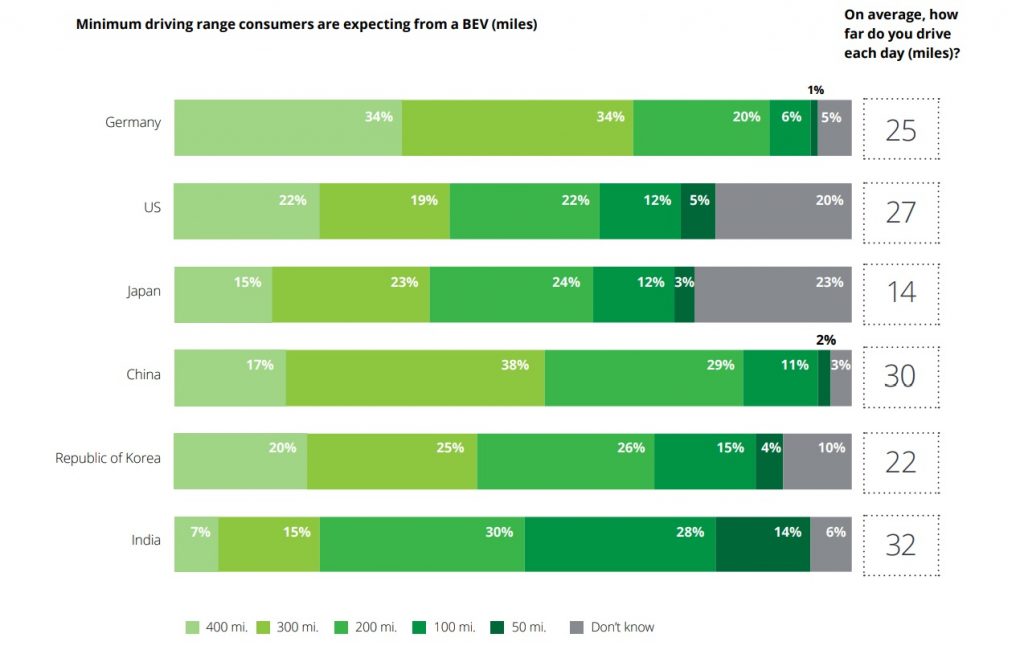
Range anxiety is real but current day EVs have enough juice that could last a week if trips are mostly in the city. In an interview last week, Anand Kulkarni, Vehicle Line Director, Product Line Electric Vehicle Business (Passenger Cars) at Tata Motors, talked about the challenges EVs face and range anxiety is at the top of the list. He said that the range provided by electric cars today is equivalent to a week’s drive for most people. Mr Kulkarni shared the fact that he drives from Pune to Mumbai and back in his EV and there had been absolutely no problem.
What happens if you run out of range in the middle of nowhere?
Considering the technology EVs come with, it is highly impossible for EV owners to be left stranded unless they have not planned their journeys. Cars will warn you about the low battery well before running out of charge and will be ready to navigate you to the nearest charging station. When the batteries reach lower levels, the cars generally go to limp mode reducing the performance and other factors that affect the range and maximizing the range as much as possible.
If you still find yourself in the middle of nowhere, you may not be able to call a friend, tie the car and tow away. Generally electric cars shouldn’t be towed using ropes or a lift, for that matter because the motors are connected to the wheels. If you tow the car with a rope, the motion of the wheels could damage the motors, which are equipped to generate electricity through regenerative braking. It is advised always to use a flatbed truck for towing as it is the safest choice. Almost all the companies offer 24×7 roadside assistance and all you need to do is call them.
Another solution that is being developed is mobile DC fast chargers (mounted on the back of a truck) that can come and charge your car if you get stranded. Earlier this month, Colorado-based Lightning Systems introduced Lightning Mobile solution, a mobile fast charger that can deliver up to 80 kW DC fast charging. The system can also be used as an AC charger at up to 19.2 kW. Such services can be soon be expected in India.
How are companies ensuring this does not happen?
Modern-day EVs offer much better range per charge that allows easing of tension. The Tata Nexon EV, MG ZS EV and Hyundai Kona Electric offer a range of 312 km, 340 km and 452 km respectively that ensures there is enough range for daily use and if you are going for longer trips, these cars also support fast charging that should top up enough charge to complete the trips within minutes.
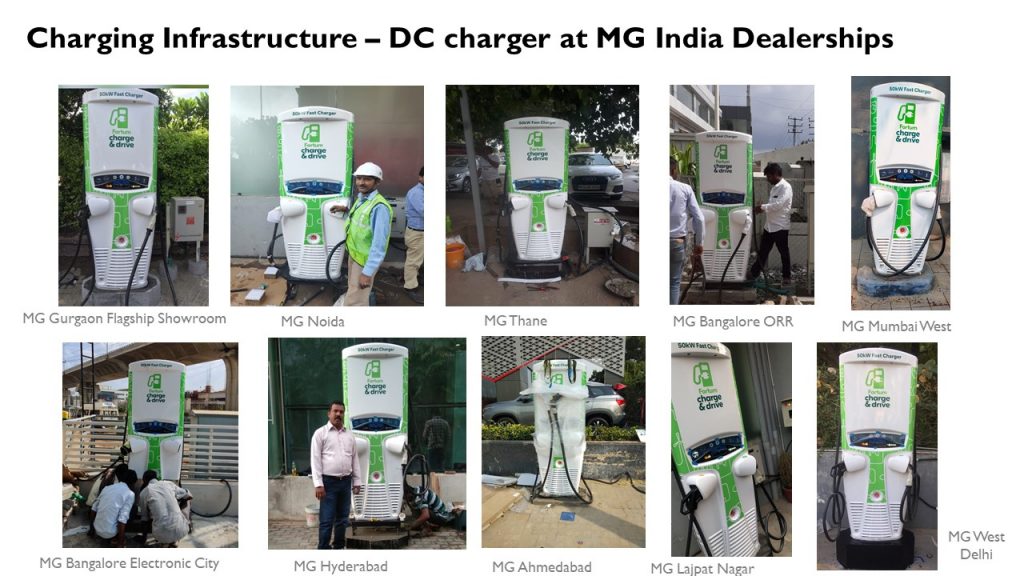
Companies like MG Motor India has partnered with third parties like Fortum Charge & Drive India to set up 10 DC 50 kW super-fast charging stations. Tata Power, which currently has 100 fast-charging stations, is planning to increase its EV charging station network to 700 points by 2021.
From the government side, the Heavy Industry ministry has planned to install 14,000 charging stations in select cities across India. Initially, the government has approved setting up 2,636 EV charging stations across 62 cities in 24 states under the second phase of FAME India scheme. Out of these, 1,633 will be fast-charging stations and 1,003 will be regular charging stations. These stations are expected to be available in a grid of 4 km x 4 km in the cities, aiming to reduce range anxiety. The number of charging stations will go up as the government has received over 106 proposals from both public and private entities for installing over 7,000 charging stations.
For now, electric cars are intended to be urban commuters and most of the buyers are from this geography. With more companies intending to offer EV products and as the charging infrastructure improves, electric vehicles will catch on. With improvements in battery technology, the range of EVs will also increase significantly. And the promised network of fast-chargers will ensure long range EVs can be used for inter-city travel with just a few minutes of break.
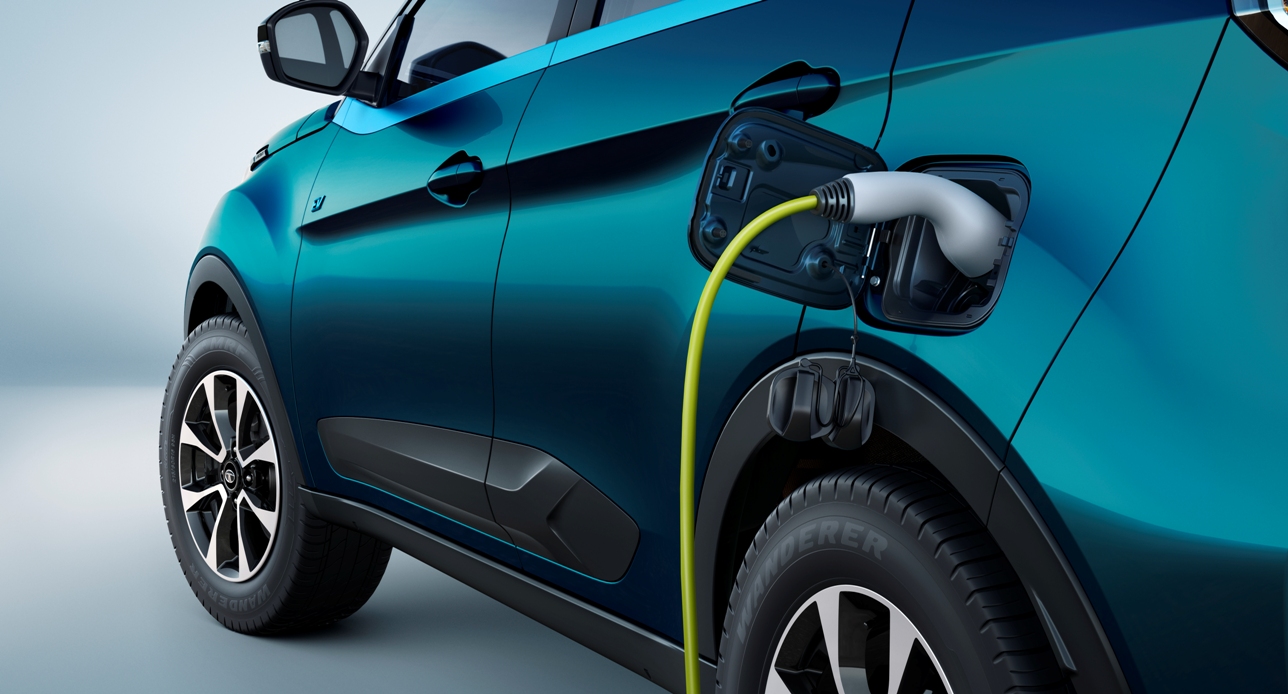
![Compact Hyundai ‘Ioniq 3’ to be produced in Singapore in 2025 [Update]](https://electricvehicleweb.com/wp-content/uploads/2022/01/2025-Hyundai-Ioniq-3-rendering-front-350x220.jpg)
